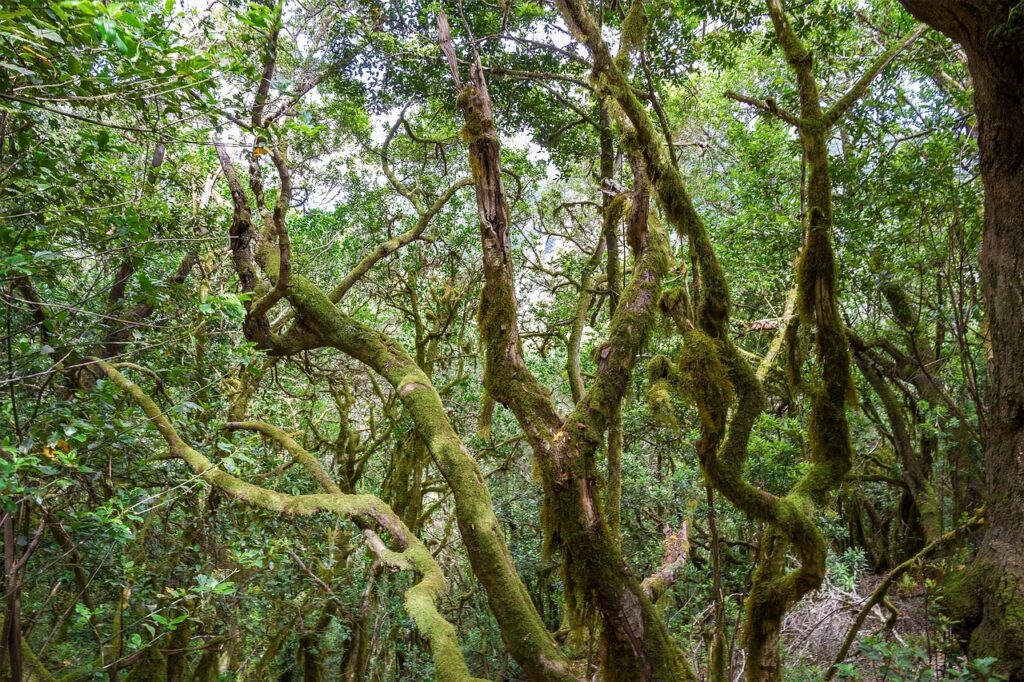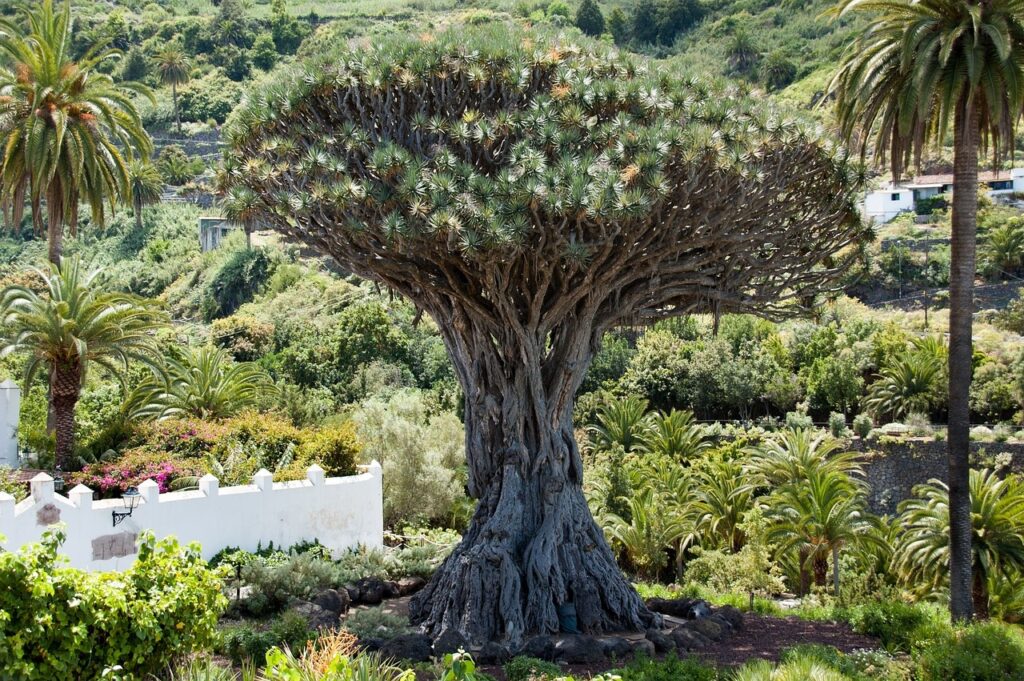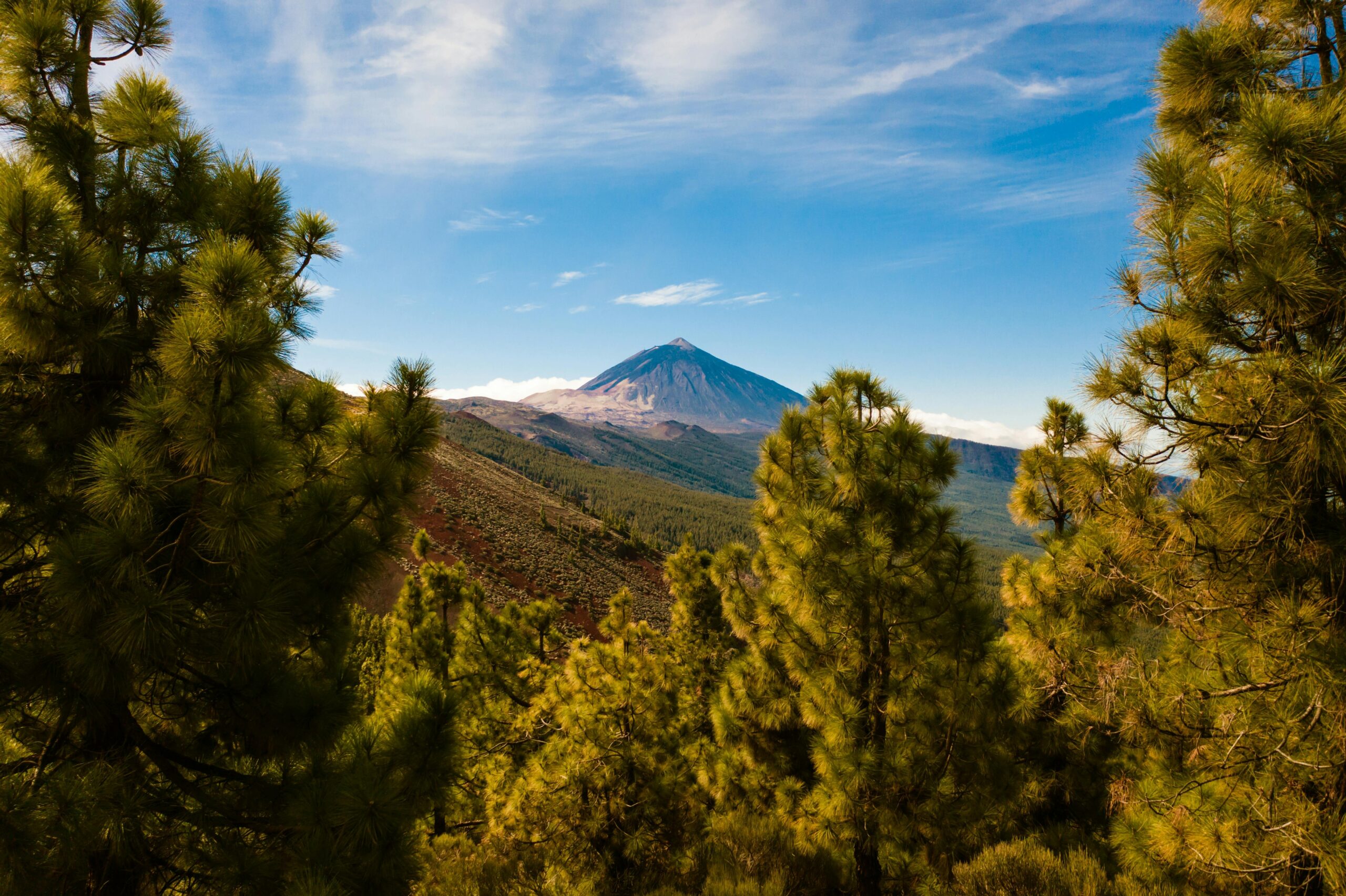What do you know about the Canary Islands? In this post, we bring you 6 peculiarities of this wonderful Spanish region: the 8 islands that make it up, its history, its fascinating secrets, the most emblematic places, everything that makes it fun, and the precious gems it holds within. You’ll want to come and discover every detail!
1. Exploring the Canary Islands: A Paradise in the Atlantic Ocean
The Canary Islands are a true paradise bathed by the waters of the Atlantic. It is an archipelago of volcanic origin located very close to the north coast of Africa. However, these beauties are in Europe, forming part of Spanish territory.
The 8 islands that make up the Canary Islands
How many Canary Islands can you mention? Let’s see what they are and what is most remarkable about each of them:
• La Palma: known as the “beautiful island” due to its lush vegetation. And there is the Gran Telescopio de Canarias, the largest in the world.
• El Hierro: on this island, giant lizards live, creatures that witnessed the underwater eruption that occurred on the island between 2011 and 2012.
• La Gomera: stands out for the Garajonay National Park, declared a World Heritage Site by UNESCO. It was the last territory touched by Christopher Columbus before reaching America.
• Tenerife: is the island you should visit if you want to know Teide, a volcano that proudly rises among the vegetation, being the highest peak in Spain.
• Gran Canaria: a place full of contrasts where the Playa de Maspalomas is famous, and an event full of music and color: the Carnival of Gran Canaria
• Fuerteventura: is the island closest to the African continent, and it is known for the Corralejo Dunes, an impressive desert landscape.
• Lanzarote: characterized by its white sandy beaches and the Timanfaya National Park where its volcanoes, still active, rest.
• La Graciosa: a small island full of pristine coves that join majestic green mountains.

2. The History of the Canary Islands: Incredible Facts You Might Not Have Known About
The history of the Canary Islands is full of facts that may be hard to believe but are very true! Let’s take a look at the most relevant historical curiosities of the Canary archipelago:
Origin of the term “Canary Islands”
There are two theories that could explain why the Canary Islands are called that way. The most widespread theory indicates that the origin lies in the abundance of large dogs (canis) found during the expeditions of King Juba II of Mauretania. And the second theory explains that the name comes from the North African tribe of the Canarii.
Aborigines of Berber origin
The Canarian aborigines had Berber origins and inhabited the islands until the conquest by the Kingdom of Castile between 1402 and 1496. Conflicts were common among the Berber people, as each island had its own laws and customs. The legacy of the Guanches through funeral practices and rock engravings shows a link with the peoples of North Africa. And what little is known about the Guanche language, already extinct, resembles the Berber languages.
Mummies of the Canary Islands
The Canarian aborigines practiced the mummification ritual to a level comparable to Egyptian techniques. This ritual was only customary among the aborigines of Tenerife (Guanches) and Gran Canaria (Canarios). The Canary mummies are considered the greatest vestige of aboriginal culture.
Arrival of tourists in the 1960s
The Canary Islands began to benefit from tourism when Franco decided to open Spain’s doors to visitors from Northern Europe by abolishing tourist visas in 1959. In a few years, the Canary Islands would be filled with huge numbers of tourists.
Nationalist movement
Canarian nationalism, although marginal, emerged in opposition to Franco. Antonio Cubillo founded the Movement for the Self-Determination and Independence of the Canary Archipelago (MPAIC) in 1963 to achieve the secession of Spain. Today, little remains of the nationalist movement in the Canary Islands. However, its main political force is the Canary Coalition (CC), which puts the interests of the islands before national ones, without seeking independence from Spain.
Return to origins
The immigration received by the Canary Islands from North Africa has forced its rulers to rethink their relationship with the African continent, promoting closer ties. The EU has also encouraged this link with the aim of establishing a commercial bridge. Since the 1990s, the Canary Islands have had bilateral cooperation agreements with Morocco, Mauritania, Cape Verde, and Senegal.
3. Fascinating Facts About the Canary Islands
The Canary Islands hide fascinating secrets! Do you want to know them?
• Volcanic Origin. Each island emerged as a result of the accumulation of magma from the Earth’s interior over millions of years.
• Biodiversity. The flora and fauna of the Canary Islands include exclusive species that you won’t find anywhere else.
• Climate In the Canaries, you can enjoy mild temperatures and plenty of hours of sunshine. That’s why the best time to visit the Canary Islands is all year round!
• Cultural Heritage. Great artists of Canary origin include César Manrique, whose architectural works blend with the nature of Lanzarote.
• The Black Sand of Its Beaches Some beaches in the Canary Islands are formed by black sand, the result of sea erosion on volcanic lava sediments.
• The Gomeran Whistles. This is a special language used on the island of La Gomera. It is capable of expressing more than 4,000 concepts by substituting vowels and consonants of Spanish with whistles.

4. What You Can’t Miss in the Canary Islands
Now, let’s take a look at the places you can’t miss in the Canary Islands. Take note for your next trip!
• Teide National Park in Tenerife, where the great volcano of the islands is located.
• Dunes of Maspalomas in Gran Canaria, a place that will remind you of the Berber village.
• Beaches of Fuerteventura, a real paradise to enjoy the sun and the ocean.
• La Geria in Lanzarote, a volcanic landscape masterfully used for vine production
5. Fun Facts About the Canary Islands That Will Surprise You
In the Canary Islands, you’ll find much more! Besides its landscapes, there are other aspects that will pleasantly surprise you.
• Local Gastronomy. If you come to the Canaries, you’ll find authentic delicacies such as ‘papas arrugás’ (wrinkled potatoes), ‘mojo picón’ (spicy sauce), or ‘cherne’, a delicious fish!
• Unique Festivities. Each island has dates when everything is dressed in music and color, such as the Carnival of Gran Canaria or the pilgrimage in honor of “Nuestra Señora de los Volcanes” in Lanzarote.
• Outdoor Activities. In the islands, you can practice countless outdoor activities such as hiking along unsuspected paths, paragliding over volcanic landscapes, snorkeling, or sailing.

6. Hidden Gems in the Canary Islands
Walking through the natural parks of the Canary Islands, you could come across precious stones! The most popular is olivine, a gem of bright green color. It’s a stone linked to the civilization of Egypt, as it was part of the jewelry of the pharaohs and kings of that time. Especially, olivine has been associated with the figure of Cleopatra.
Why Should You Travel to the Canary Islands?
The Canary Islands have a lot to offer you! As you can see, there are countless reasons to visit them. If you’re looking for adventure, you’ll find it in their hiking trails and the wide variety of water sports that can be practiced on the islands. Do you want a place to disconnect? In the Canaries, you can enjoy paradisiacal beaches with calm waters like those bordering Playa Blanca, a beautiful town in Lanzarote.
And if you want to embark on a trip to marvel, your destination is the Canary Islands, the perfect place to enjoy incredible landscapes, volcanoes, parties, excellent gastronomy, and unique experiences,, such as the one you can experience in Paseo LASAL, an open space where you can witness both the sunrise and sunset of the Canary Islands.

